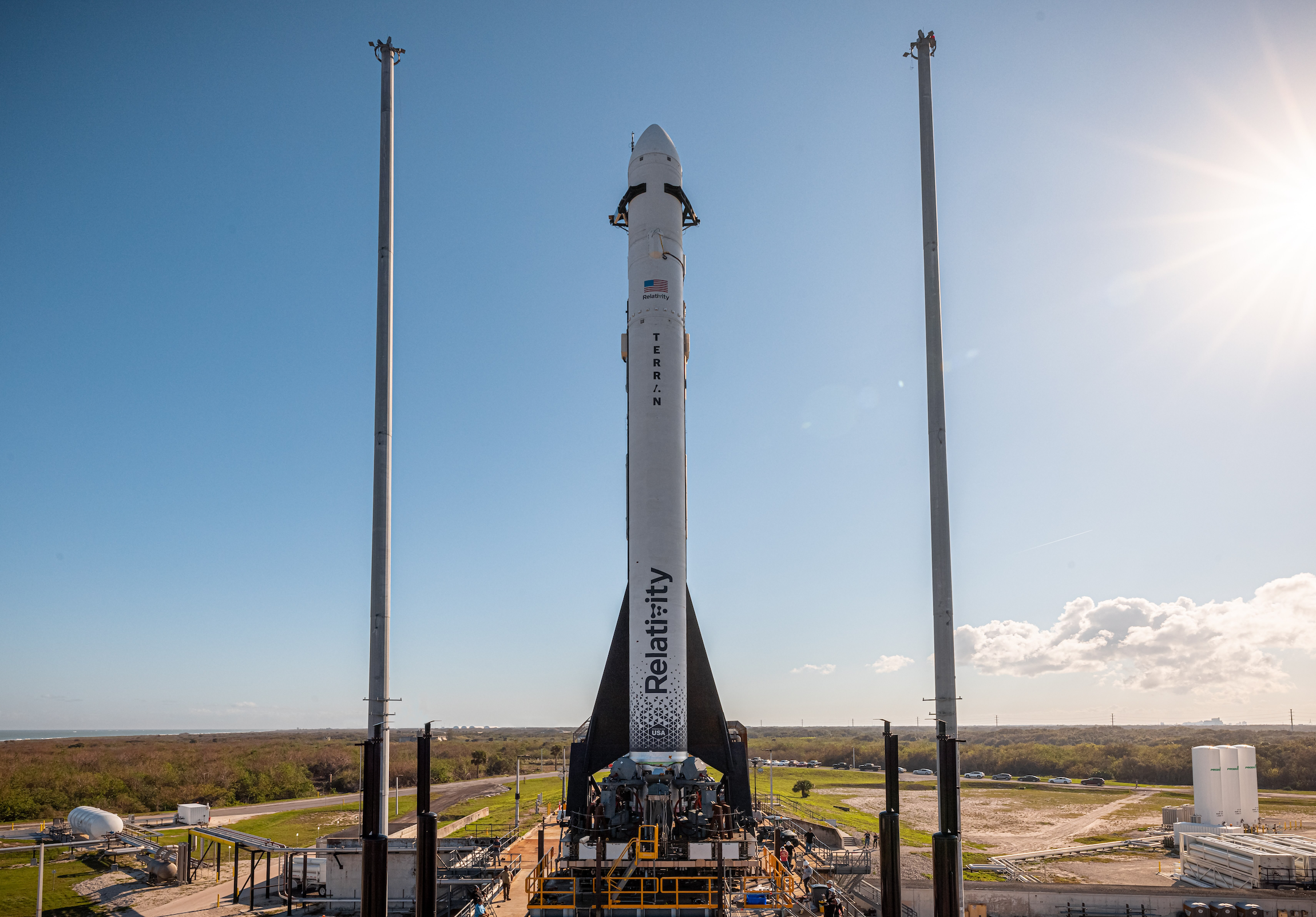On a recent winter morning in New Delhi, Rajan Anandan and Pieter Kemps were pacing on the floor of a five-star hotel, quizzing a group of over two dozen young startup founders about their goals. One founder set eyes on getting the most downloads in the mobile gaming category. Another pledged to reach an annual recurring revenue of $100 million in a few years.
“When you think about how big you want to get, don’t think about $100 million or $200 million in revenue,” Anandan told the gathering, now fully silent.
“Doesn’t matter what company you’re building; that’s not thinking big enough at all. There’s no enduring company on the planet that is a $100 million revenue company. An enduring company is one that generates $100 million in free cash flow a week,” he said.
The Sequoia partners spent the next two hours walking founders through over a dozen slides, emphasizing that consistent growth over a long period of time — even if not skyrocketing quarter over quarter — can conjure trillion-dollar companies.
Undergirding their strong conviction is a bet that India and Indonesia and other markets in South Asia will double and triple their GDPs in the next 10 to 15 years, and the public markets and tech companies stand to take a significantly broader role in that surge.
The combined market cap of top-five tech companies in the U.S. is over $7 trillion, contributing to over a quarter of the nation’s GDP. The top five tech firms in China, with a market cap of over $1 trillion, contribute 7% to the nation’s GDP. But top five tech companies in India and Southeast Asia have a market cap of just $140 billion, accounting for only 2% of their GDPs.
The 12 startups gathered in the presentation hall had been hand-picked from about 3,600 applicants for the latest cohort of Sequoia’s four-year-old early-stage-focused Surge program. Surge launches two cohorts every year, featuring between 10 and 20 startups each.
The new cohort features startups operating in a wide-ranging space: Calyx Global is helping businesses choose better carbon credits and reimagining the ratings system; Arintra is an AI-powered autonomous medical coding platform to help U.S. hospitals get paid better and faster by automating their insurance claims submission; Meragi is making it easier for couples to access wedding-related services; Vaaree is a curated marketplace for high-quality home products; AltWorld is building a metaverse gaming platform to help Gen Z gamers create custom 3D worlds; and Bitfrost is building virtual worlds and synthetic datasets that AI teams can use to train their models for applications.
Diri Care offers on-demand, affordable products and services for a range of health and beauty needs; Masterchow wants to help people prepare Asian meals at home; Metastable Materials is attempting to pioneer a low-cost, clean and highly scalable method of recycling lithium-ion batteries; RedBrick AI is a SaaS platform to help companies build medical imaging AI; Requestly wants to help developers and quality-assurance engineers test and debug web applications in real time; and Tentang Anak is building a parenting ecosystem in Indonesia.
The sessions on a Thursday morning, attended by TechCrunch, were among a few dozen that these founders will take part in over the coming months as Sequoia partners walk them through different aspects of building a startup. Workshops will teach founders about how to think about the total addressable market. They will be given guidance on piecing together their tech architecture. Another will help them build mental models for when to switch from chasing growth to improving unit economics. And there is also a session to help founders pencil the vision and tagline for their firms. (In a few words, explain the problem you’re solving and how you’re solving it, and don’t make things sound boring, off-brand or long.)
Sequoia has “codified” its learning from over 50 years to assess the areas where a founder needs help in their journey and the roadblocks they will likely encounter, said Anandan in an interview. The storied firm’s vast resources — there are about 30 people who work diligently with these founders for months, offering them help in scores of areas — set it apart from its rivals in India even in the early-stage of venture. There are very few venture firms operating in India that have such a large team at all, let alone for one of the focus areas.
Sequoia doesn’t have to put in this amount of effort to win early-stage deals: It began investing in India over a decade ago and has minted 38 unicorns (of 102 in total) in the nation and 11 in Southeast Asia. So what’s with the change of heart?
In the past eight years or so, many firms have attempted to tackle the early-stage investments scene in India. Y Combinator gained momentum in the South Asian market after a handful of successful early pickings such as Meesho, Razorpay and Clear, even as its ever-growing casting net in recent years has caught fewer hits. Blume Ventures and Arkam Ventures have earned a reputation for being founder-friendly and have raised larger funds, backing many of the startups that larger funds missed. Tanglin Venture Partners, Antler, and Good Capital have also earned their spots in the market.
“Sequoia was seen as a Series A and B investor back in the day,” said a high-profile investor, who in his previous stint competed with Sequoia. “Seed was not a major focus for them, but they clearly wanted to get in early as deals started to become pricier in the market.” In Anandan, they found someone who had made over 100 investments in India in his personal capacity and had the Google credentials to supercharge their efforts, said another investor.
An angel investor, who also requested anonymity to speak candidly, said Sequoia’s Surge is the Indian and SEA vehicle’s answer to Y Combinator, undercutting the American accelerator in a number of ways.
Since last year, YC has been offering startups $500,000, where $125,000 gets them 7% equity in the startup and the rest is invested on a SAFE note that converts to equity in the startup’s next round. Sequoia, in comparison, is offering up to $3 million.
“Sequoia’s boutique of offerings is also far greater with resources, support and unlike YC, Sequoia is consistent with not picking multiple startups doing the same thing in the same batch, and it’s keeping the cohort size fairly small and diverse. So you’ve a different vibe when you’re picked in Surge vs if YC picks you,” said the investor.
To be sure, even as Surge appears to have a much higher strike rate than YC in India — Surge portfolio firms Doubtnut, Scaler, Khatabook, ShopUp, Bijak, Classplus, Hevo Data, InVideo, Juno, BukuKas, Atlan, LambdaTest, Plum, Absolute, ApnaKlub are among those that have raised multiple rounds — it is yet to mint a unicorn. (The firm said its portfolio startups have raised over $2 billion in follow-on financing rounds.)
But over the years, as many investors have conceded, Surge has outpaced its rivals.
“They have built a great brand. Sequoia and Surge are the first choice for startups to raise capital from. They have high-quality programs, they promise networking with the best of the best and have a huge support team in general,” said the first investor who, like others, requested anonymity to speak candidly.
Anandan — and in fact, many other Sequoia partners over the years — has always discounted the idea that his firm is trying to compete with YC on seed deals. “We have a huge respect for them,” he said in the interview.
Lightspeed and Accel, two venture funds that are closer rivals of Sequoia in India than most others, have also attempted to build their own Surge rivals but have not been able to make similar inroads.
What made Surge get the mileage it has? After several attempts, here’s the best I could get out of Anandan: “You have to have the commitment of very high-caliber resources. We have invested more than most venture firms just through Surge. And execution is the easiest thing to talk about, but the hardest thing to do in life and in business.”
Sequoia heats up early-stage startup investments in India and Southeast Asia by Manish Singh originally published on TechCrunch
from TechCrunch https://ift.tt/31XM7Ux
via IFTTT


